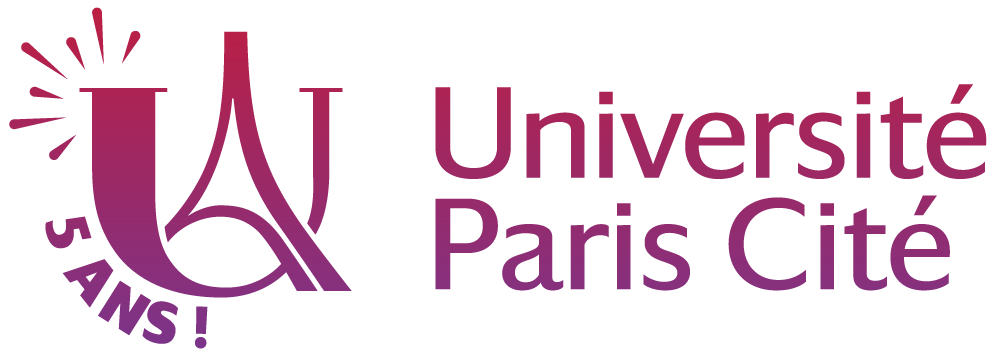[In Conversation] on Tumor cells, Collagen and Melanoma
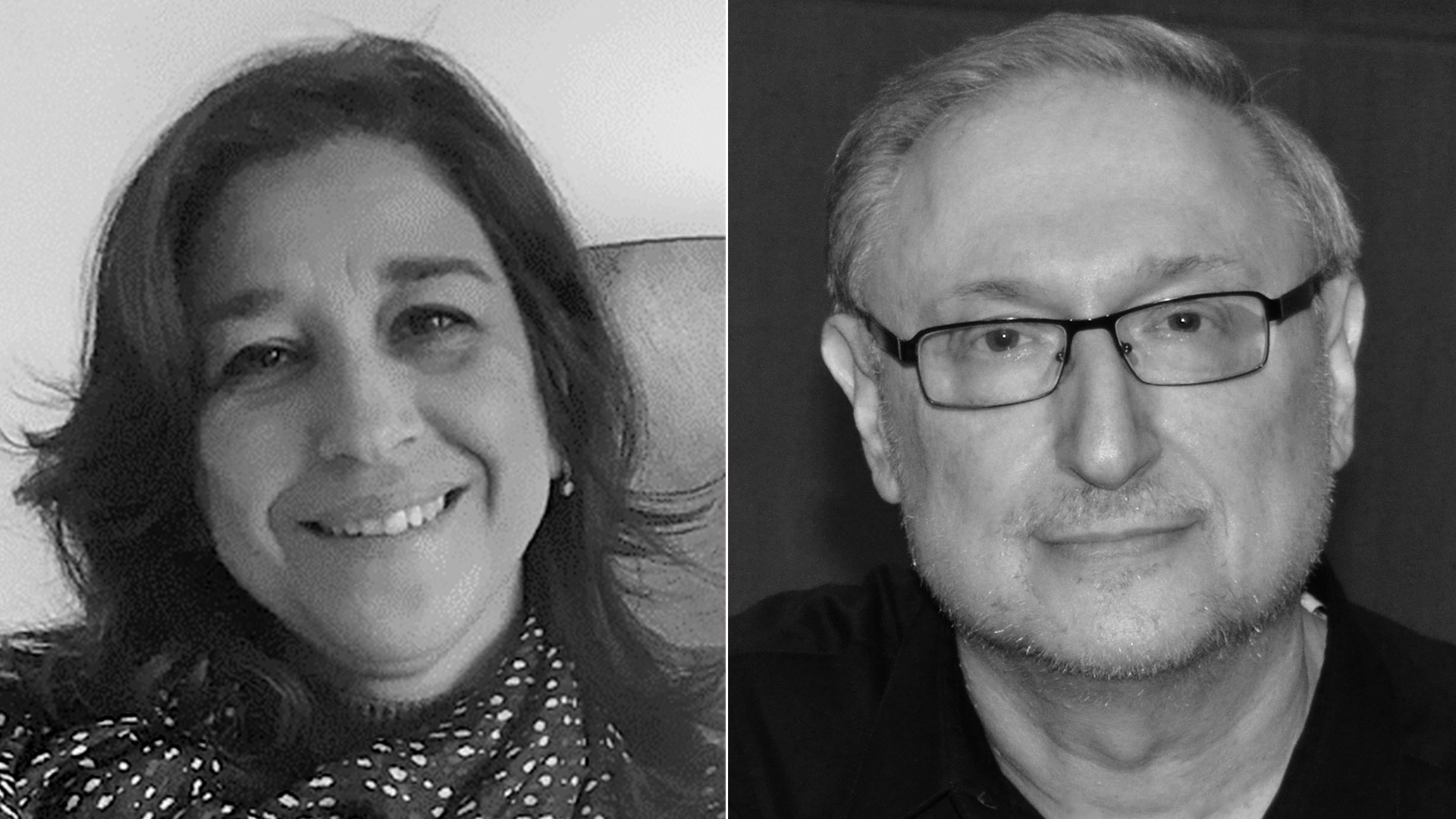
© Dr. Samia Mourah and Dr. Rafael Fridman
Discover the conversation with Dr Samia Mourah, clinical biologist and Professor of Pharmacology at Université Paris Cité and Dr Rafael Fridman, Professor of Pathology and Oncology at Wayne State University in Detroit, Michigan, United States, renowned expert on tumor cell-matrix interactions in cancer progression. In close collaboration with Prof. Celeste Lebbé, they are conducting basic research in relation to melanoma, Discoidin Domain Receptors (DDRs) and collagen by understanding better their roles and behaviour, with the aim to develop new therapeutic treatments for cancer patients. Learn more about their collaboration.
Tumor Cells, Collagen and Discoidin Domain Receptors
The interaction of tumor cells with their immediate microenvironment, specifically the extracellular protein layers that surround cells, plays a significant role in the development of cancer cells. This microenvironment is mainly composed of collagens, which are among the most common proteins in the human body. Collagens are part of the extracellular matrix (ECM), a network of proteins that sustain all organs and provides support for the functioning of cells in normal and pathological conditions. In cancer, collagens interact with tumor cells promoting or inhibiting cancer development and dissemination.
Our scientists are trying to understand how collagens affect the malignant properties of tumor cells via specific receptors on the tumor cell surface, known as DDRs. DDRs are proteins, which upon binding to collagen can modify tumor cell behaviour. DDRs act as if they were electrical switches that, when turned on, can regulate intracellular processes that helps cells respond to the surrounding collagen. Dr Fridman’s laboratory conducts studies to address collagen-DDR interactions in tumor cells. They have found that DDRs may contribute to the pro-malignant effects of collagen. These findings lead to the hypothesis that switching off DDR activity in cancer cells may have therapeutic potential in various cancer types. The ongoing collaboration between the Mourah’s and Fridman’s lab is testing this hypothesis in melanoma, one of the more aggressive skin cancer.
Linking to Melanoma
Some cancers are highly aggressive from the beginning whereas other slowly progress to malignancy. Some tumors are especially rich in collagen, such as pancreatic cancer where most of the actual tumor mass is composed of collagen. While melanomas do not develop this highly fibrotic (collagen-rich) response, there is plenty of collagen within melanomas. Little is known about its impact on their behaviour. Given this scenario, this laid the foundation for establishing the collaboration between Dr Mourah and Dr Fridman, with the goal to decipher the function of the collagen-DDR axis in melanomas.
The collaboration has led to two invitations to Dr. Fridman to visit Université Paris Cité, which provided the opportunity to strengthen research interactions, enhance the exchange of ideas, all of which resulted in the development of a new avenue of research in melanoma, which has significant clinical potential for treating melanoma patients.
Why did you invite Dr Fridman to your laboratory?
S.M: As a part of the Inserm Unit 976, our laboratory, is involved in melanoma research and innovative treatment for several years, thanks to its close interaction with the oncodermatology centre of Saint Louis Hospital headed by the Prof. Celeste Lebbe, internationally renowned oncodermatologist. Our common research interest focuses on the development of “Innovative Therapeutic Targets involved in microenvironment regulation in melanoma”.
Our first collaboration with Dr Fridman, was initiated through our common colleague Dr. Suzanne Menashi, our close collaborator, expert in tumor matrix proteases. With Dr. Fridman and we established a productive research collaboration aimed to understand the role of DDR1 in melanoma progression, which led to two publications, demonstrating the impact of DDR1 expression in melanoma prognosis, and malignancy. We also showed that inhibiting DDR1 could overcome treatment resistance, especially to MAPK (Mitogen-activated protein kinases), which are enzymes involved in melanoma tumor growth. We hence proposed that treatment with a DDR1 inhibitor may then be helpful to overcome resistance.
Our research in this area is ongoing. Since this first successful collaboration we plan to further decipher the mechanisms by which DDR1 and its partners regulate tumor progression. We will particularly focus on the focal adhesion protein named Kindlin-3. We have previously shown, through mechanistic studies, that Kindlin-3 acts as a tumor suppressor. In our ongoing studies, we provided further insight regarding the role of this protein in melanoma progression, demonstrating that its inactivation through its knockdown or somatic mutations increases melanoma cells deleterious properties via collagen-related signalling, through its two major receptors, namely DDRs and another protein involved in cell/extracellular matrix interactions β1-integrin. This unique mechanism of action of Kindlin-3 prompted us to go further in the understanding of Kindlin-3/DDR1 interaction mechanisms with the ECM, which constitutes a major field of investigation for deciphering tumor progression, and hence we obviously continue our collaboration with Dr Fridman a renowned expert in DDRs and tumor cell-matrix interactions.
Why did you accept the invitation at Université Paris Cité?
R.F: I accepted the invitation to further strengthen our research interactions in the area of melanoma, DDRs and collagen. Coming to Université Paris Cité was an opportunity to discuss in person with Dr. Mourah and her team our collaborative projects, analyse data, and brainstorm new ideas to further our understanding on the roles of DDRs in melanoma. Our laboratories have already established a productive collaboration that resulted in the publication of two manuscripts reporting the expression and function of DDRs in melanoma cells. More research needs to be conducted to decipher the roles of DDRs in melanoma and most importantly, to determine whether DDR inhibitors can be used in melanoma patients who failed previous treatments. I also wanted to discuss recent findings from Dr. Mourah’s laboratory, which revealed a new mechanism in the regulation of DDR in melanoma cells involving Kindlin-3. Her laboratory was the first group to identify the role of Kindlin-3 in solid cancers. Kindlin-3 is known to regulate cell adhesion through the action Integrins, another collagen receptors, which was a major focus of research in the Dr. Mourah’s lab. Recent data provided by Dr.Mourah’s PhD student, Coralie Reger indicate that Kindlin-3 can also regulate DDR expression in melanoma cells, suggesting a molecular connection between two distinct collagen receptors. Thus, my visit was a great opportunity to discuss these new exciting findings.
How is your research complementary, what do you learn from one another?
S.M: By focusing on tumor progression and microenvironment modulation, our project attempts to better understand the interactions between the tumor cell and its microenvironment and the key factors involved in this regulation. At the centre of this tumor microenvironment regulation, we first focused on CD147/EMMPRIN, a membrane protein enriched on the surface of tumor cells and involved in tumor invasion and metastasis. Emerging work from our group has shown that CD147 modulates the tumor microenvironment and tumor-stroma cooperation by inducing matrix proteases, promoting angiogenesis and lymphangiogenesis enhancing cell malignant properties. The research on CD147 regulation and mechanism of action has led us to further explore the role of CD147 partners, in particular tyrosine kinase receptors, and their role in modulating the tumor microenvironment and ECM remodelling.
Thanks to our exchanges, we have undertaken a project that attempts to understand how the ECM components, and in particular collagen, modulates the progression of melanoma through the activation of these tyrosine kinase receptors, in particular the DDR receptors. Our ultimate goal is to validate their potential therapeutic targeting in melanoma treatment.
R.F: Because we bring two distinct areas of research expertise; mine focusing on tumor cell-collagen interactions and Dr. Mourah’s expertise on the molecular mechanisms of tumor progression and the validation of therapeutic targets in melanoma. Our different sets of expertise provided the opportunity to ask new questions about DDRs in the progression of melanoma and whether they play a role in disease malignancy. Indeed, little was known about the role of these receptors in melanoma. So, we set to investigate the expression and function of DDRs in melanoma. In the course of our collaboration, Dr Mourah’s lab demonstrated that inhibiting DDRs reduces the growth and invasion of melanoma cells in experimental models, suggesting that indeed DDRs may be important players in this disease.
Do you have an anecdote related to your work?
R.F: The first time I visited Université Paris Cité, several years ago, Dr Suzanne Menashi, with whom I collaborated with invited me. Dr.Menashi arranged for me to stay at Hospital St. Louis, in a small studio apartment in the research building, located in a floor above the labs. It was a marvellous time and my first contact with the great research environment of this hospital. However, most importantly, Dr Menashi was also a great collaborator of Dr Mourah, which I did not meet at that time. Many years later, I met Dr Mourah when I visited Université Paris-Est Creteil, and the rest is history. This opportunity helped me to return to the Hospital St. Louis, this time not to sleep but to do meaningful research!
What are your plans?
S.M: Our main current research focuses on a better understanding of the mechanisms of Kindlin-3/DDR1 interaction with the ECM. We also aim to better define the impact of collagen regulation on cancer treatment, and the emergence of melanoma resistance to MAPK targeted therapies, and also to immunotherapies. In this context, we aim to evaluate new therapeutic strategies such as those we have recently developed, inhibiting CD147 and DDR to overcome melanoma resistance.
R.F: Our plan is to continue to study DDRs in melanoma focusing on ways to reduce melanoma growth and metastasis by targeting DDRs. We still need to do more basic research. For example, we would like to continue to investigate whether DDR inhibitors could be used to overcome dug resistance in melanoma, as we discussed in relation to MAPK inhibition. Also, a new line of evidence suggests that tumors resist the attack of the immune system, in part, due the inability of the immune cells to move through the collagen matrix that surround tumor cells. Because DDRs are key players in the organisation of the collagen matrix, targeting DDRs appears to disrupt collagen organisation and thus facilitate the traffic of tumor-killing immune cells. This approach could be used to improve the effectiveness of immunotherapy in melanomas too. Thus, we are hopeful that our collaborative research may have an impact for the understanding of melanoma progression and its treatment.
Looking Ahead
Our scientists are constantly looking for funding opportunities that fit their research goals. They will be looking into opportunities that permit investigators in Europe and in the United States to obtain joint resources for research. In addition, Dr Mourah and Dr Fridman will continue to inspire their students through discussing, criticizing and interacting, seeing them grow to become experts.
“I warmly thank our university Paris Cité for giving us this excellent opportunity to collaborate with international researchers of very high quality and thus to advance our understanding of the mechanisms underlying tumor progression and develop innovative therapies” Dr Mourah.
“Science has no borders, scientists from different cultures and countries all come together to tackle a problem. We all try to do the best for humanity. I am thankful to Université Paris Cité for having this programme. It is very important that it reaches the French and international research community” concludes Dr Fridman.
About
Dr. Samia Mourah is a Professor of Pharmacology at Université Paris Cité. She heads the tumor genomics and pharmacology department at Saint-Louis hospital and a research group in INSERM/UMR-S 976. Her research is closely associated with her clinical activities at the hospital, and her project combines basic and translational research with a goal of clinical transfer. Specialized in pharmacogenomic of cancer, Pr Mourah clinical research studies contributed to deciphering the mechanisms of action of innovative drugs and biomarker discovery improving precision medicine in cancer. Her basic research is centred on the study of tumor microenvironment crosstalk by understanding the mechanism of action of key mediators, with the ultimate goal to develop selective pharmacological inhibitors. She directed 9 PhD theses, and the latest ones focused on the role of the tumor microenvironment modulators CD147 and Kindlin-3 in melanoma progression. She also teaches pharmacology at the UFR of Medicine. She is member of the National Council of Universities of Pharmacology. Pr. Mourah has published over 150 articles in peer-reviewed journals.
Dr. Rafael Fridman is a Professor of Pathology and Oncology, Department of Pathology, School of Medicine at Wayne State University in Detroit, Michigan, United States. Along with his laboratory, Dr Fridman has made significant contributions to the understanding of the role of the tumor microenvironment, focusing on the function of matrix metalloproteinases (MMPs) and collagen receptors known as discoidin domain receptors (DDRs). His work has defined some of the molecular mechanisms of DDR regulation in tumor cells and determined how these collagen receptors facilitate cancer progression. Dr. Fridman has published over 145 articles in peer-reviewed journals. His work has been cited over 20,000 times. The collaboration with Prof. Mourah has led to two joint publications.
Read more
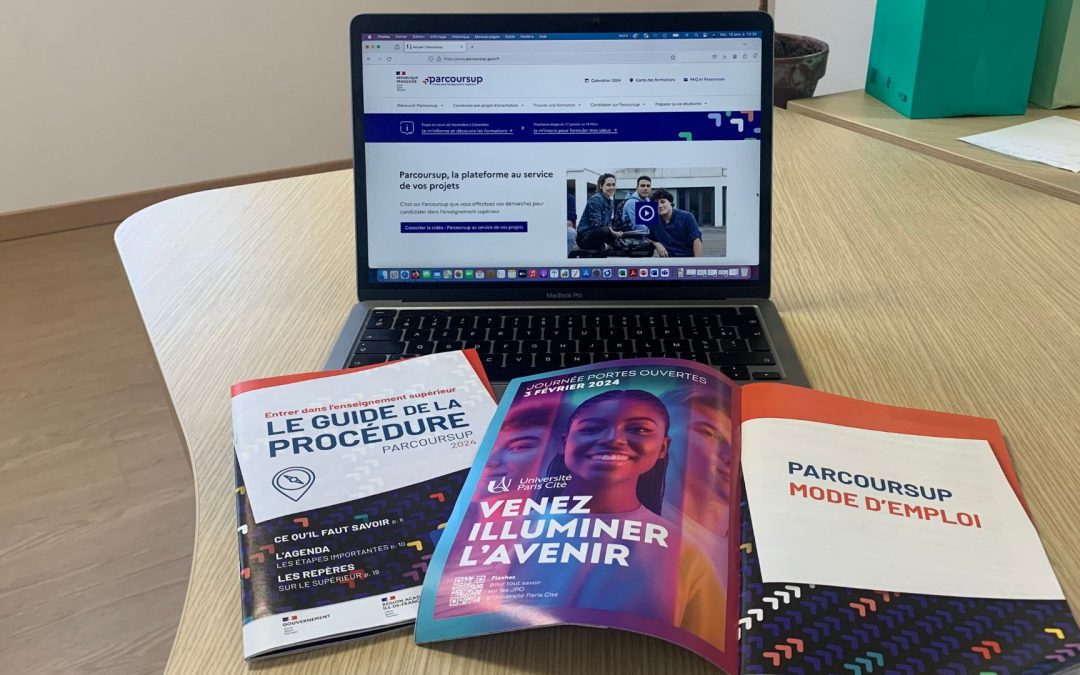
Parcoursup : trouver nos formations
Université Paris Cité propose une variété de formations en phase avec les métiers d’aujourd’hui et de demain : 81 licences, 42 licences professionnelles, 23 double licences, 1 cursus d’ingénieur, 7 B.U.T, 260 masters et 21 écoles doctorales. Calendrier Parcoursup 17...
read more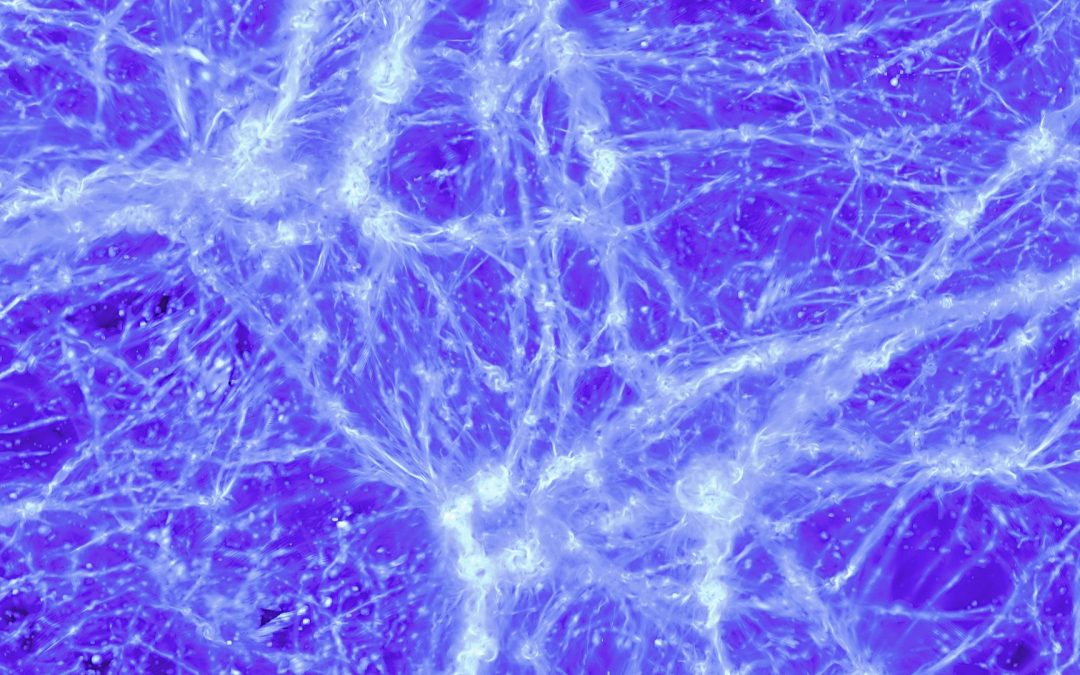
Une bourse ERC Synergy Grant pour sonder les premiers instants de l’Univers
Andrii Neronov, astrophysicien spécialisé en cosmologie, est lauréat d’un ERC Synergy Grant pour le projet COSMOMAG. Avec ses collègues internationaux, il souhaite percer les secrets de l’Univers et comprendre les phénomènes physiques survenus dans les tout premiers...
read more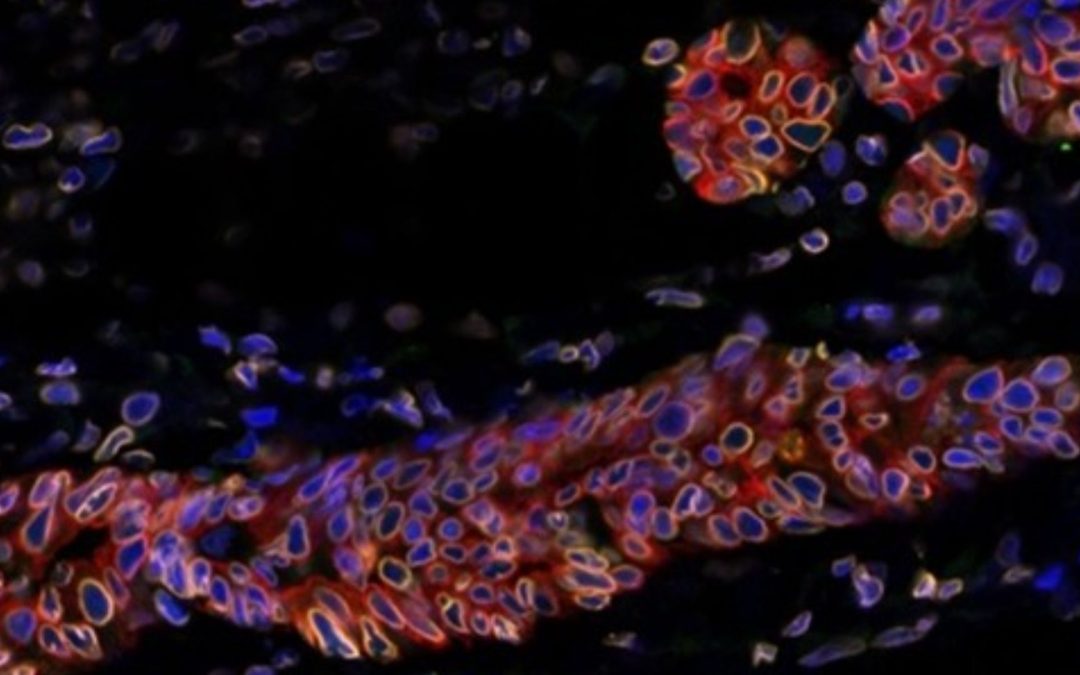
Rechutes du cancer du sein : découverte d’un mécanisme de résistance cellulaire clé
Un mécanisme de résistance cellulaire à l’origine de rechutes du cancer du sein triple négatif vient d’être découvert par une équipe de l'Université Paris Cité, du CNRS et de l’Institut Curie. Ces résultats ont été publiés dans la revue Cancer Research, a journal of...
read more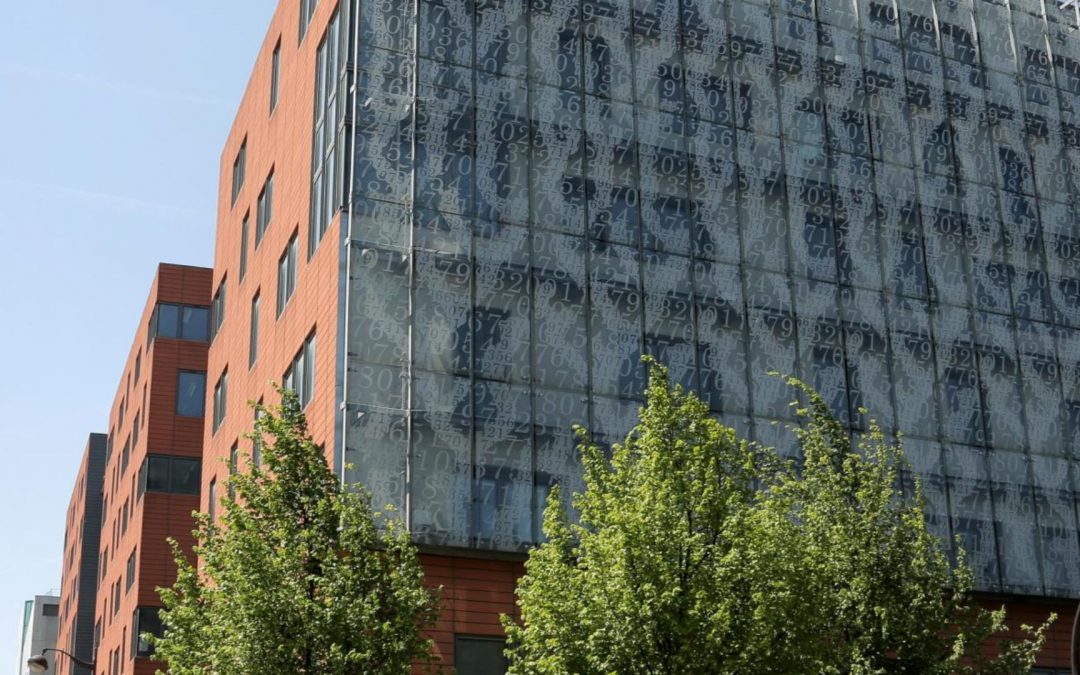
Université Paris Cité : foyer de deux grandes communautés quantiques
2025 est l’année internationale des sciences et technologies quantiques. Dans ce cadre, l’Université Paris Cité revient sur des actions importantes en lien avec le quantique menées en son sein. L’équipe Algorithmique et Complexité de l’IRIF - Institut de Recherche en...
read more